Introduction
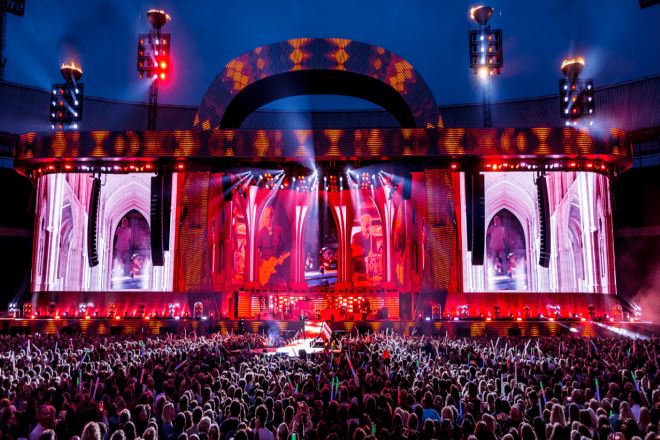
With the continuous development of stage art, the requirements for visual effects of stage performance are getting higher and higher. As an important visual medium for modern stage performance, LED display has become a bright pearl on the stage with its high definition, high brightness, and bright colors.
However, among many LED display brands and models, how to choose a display screen suitable for their stage performance has become a difficult problem for many people.
Choosing a stage rental LED display is not a simple thing, this article tells you.
1. What are the types of LED displays for stage rental?
There are many kinds of LED display screens for stage rental, each of which has its own unique characteristics and applicable scenarios. The following are some common types of stage rental LED displays:
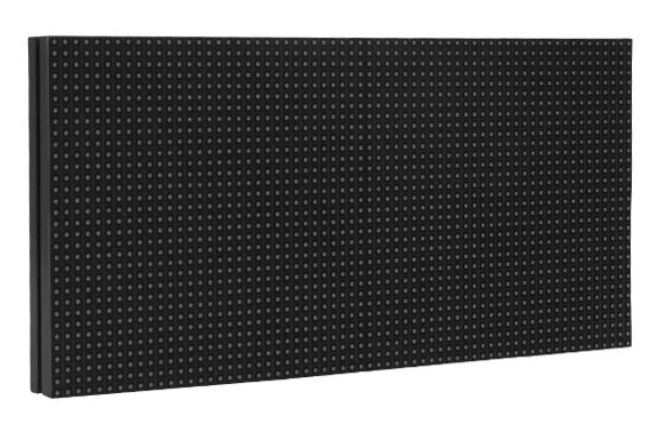
Conventional LED displays are undoubtedly one of the most common visual media in stage performances.
They usually have standardized sizes and designs, which means that whether it is a large concert or a small literary performance, the right size can be found to match the stage needs. These displays use advanced LED technology to present delicate and vivid images and video content, bringing shocking visual enjoyment to the audience.
Conventional LED displays perform particularly well in terms of brightness and contrast. High brightness ensures that the display screen is still clearly visible under the strong stage light, while the high contrast makes the picture more vivid and fuller.
In addition, these display screens usually have a high degree of color reproduction, which can truly restore every detail in the performance, making the audience feel like they are on the scene.
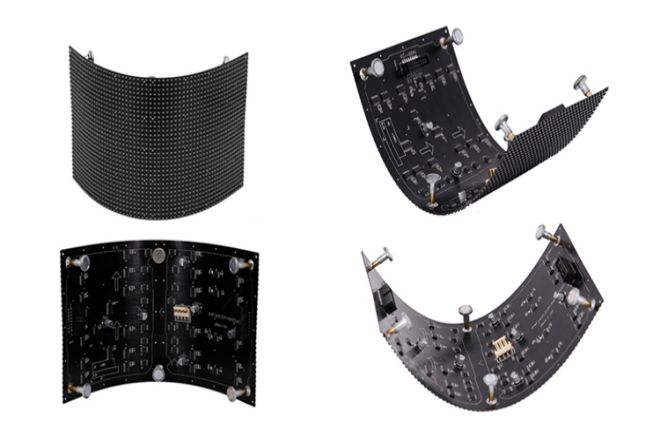
The flexible LED display stands out in the stage design with its unique soft and flexible characteristics. This display can easily adapt to various complex installation environments, whether it is curved, round, or other irregular shapes. This flexibility enables designers to give full play to their creativity and create a unique stage visual effect.
The flexible LED display not only has the performance characteristics of the conventional LED display, such as high brightness, high contrast, and color reduction, but it can also maintain the stability and clarity of the picture in a curved state. This allows them to present more vivid and realistic visual effects in the stage performance, bringing a more shocking viewing experience to the audience.
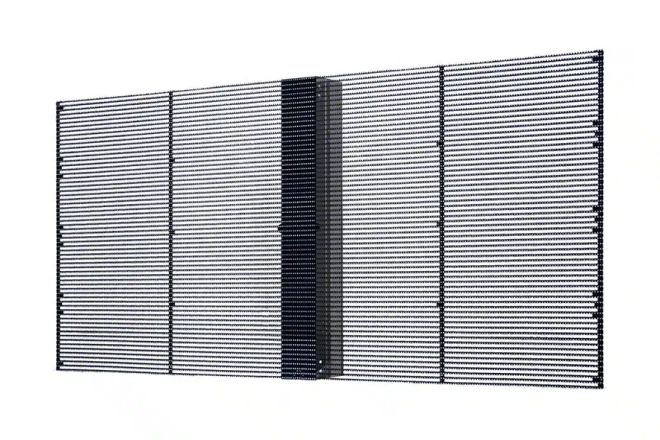
The biggest feature of the transparent LED display is its high transparency so that the audience can see the scenery behind it through the display screen. This feature brings great creative space to the stage design, allowing designers to create a stage background with a sense of technology and transparency.
In shopping mall promotions, exhibitions, and other occasions, the transparent LED display can be perfectly integrated into the environment while displaying a variety of attractive images and video content.
While enjoying performances or exhibits, the audience can also see the goods or scenes behind them through the display screen. This unique visual experience increases interaction and attraction.
- Special-shaped LED display:
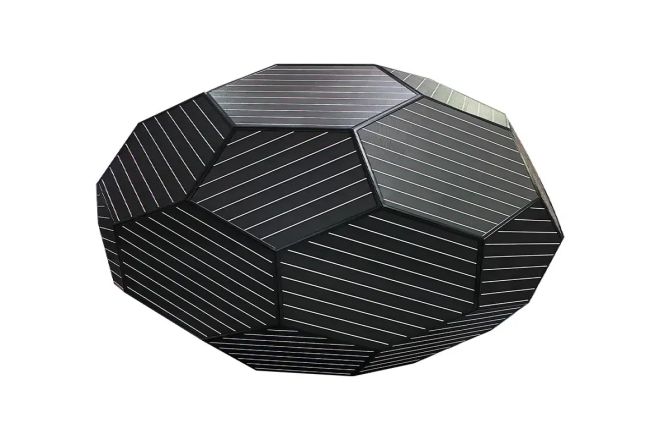
The special-shaped LED display has attracted wide attention for its non-standard and customized characteristics.
This display can be customized according to the specific needs and design of the stage, presenting a variety of unique shapes and structures. Whether it is a creative three-dimensional modeling or a curved surface design with great visual impact, the special-shaped LED display can be easily realized.
Through the personalized customization of the special-shaped LED display, stage designers can break the traditional framework and create more personalized and creative visual effects.
This kind of display screen can attract the attention of the audience, improve the overall performance of the stage, and make the performance more vivid and interesting
2. What is the rental pricing structure of the stage LED display?
The rental pricing structure of the stage LED display screen is actually not complicated. Let’s analyze it step by step.
First of all, you have to know that the specifications and performance of the LED display will affect its price. For example, the size, clarity, brightness, etc., of the display are all important factors in pricing. Generally speaking, the larger the screen, the clearer the display, and the higher the brightness of the display, the higher the price. Such a display screen can bring better visual effects on the stage so that the audience can see more clearly and enjoy it.
Secondly, the length of the lease will also affect the price. For example, if you only rent for a short term, such as a few days or a week, the cost may be slightly higher. But if you plan to lease for a long time, such as a month or more, the cost per unit may be relatively low.
Of course, in addition to the cost of the display screen itself, there are some additional costs to consider. For example, sending the display screen to your designated place may require a certain transportation fee. There is also the cost of installation and disassembly, which usually depends on the size and complexity of the display. In addition, if you encounter problems during use and need professional technicians to help you solve them, you may also need to pay for technical support.
Finally, different leasing companies may have different pricing strategies. Therefore, when choosing a rental company, you can compare more companies to see if their prices, services, equipment quality, and other aspects meet your needs.
3. What is the delivery, installation, and disassembly process of the rental LED display?
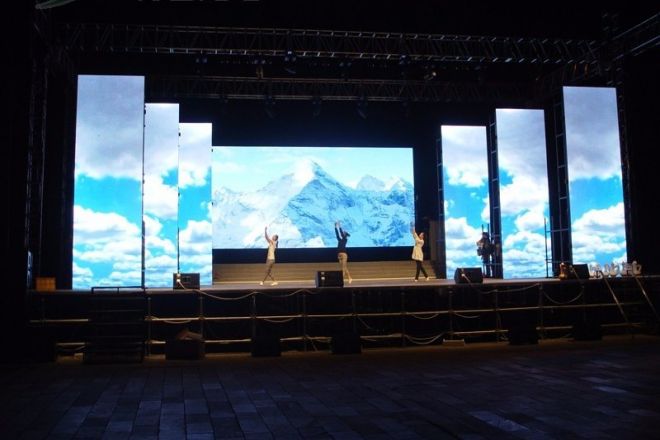
The delivery, installation, and disassembly process of the rental LED display is a systematic and professional process that ensures the smooth progress of activities and the integrity of the equipment. The following is a detailed analysis of this process:
First of all, the delivery process is crucial. After confirming the lease intention and signing the contract, the leasing company will ship the LED display to the designated place at the agreed time. In this process, professional logistics teams and suitable transportation vehicles are usually used to ensure the safety of the display screen during transportation.
Next is the installation. Before the installation work begins, a professional installation team will survey the site to determine the installation location and method of the display screen.
Subsequently, they will choose the appropriate bracket and fixing method according to the size and weight of the display to ensure its stability and safety. During the installation process, the team will strictly follow the operating specifications to avoid any damage to the display.
When the activity is over, the disassembly is equally important. Before removing, the installation team will check the display to ensure that there is no damage or failure. Then, they will remove it in reverse order: remove the display from the bracket first, and then remove the relevant cables and cables. After the removal is completed, the display will be repackaged and shipped back to the rental company.
Throughout the lease period, the leasing company usually provides comprehensive technical support services. This means that if the customer encounters any technical problems or difficulties in the process of use, the leasing company will respond in time and provide solutions.
The technical support team is usually composed of experienced professionals who are familiar with the performance and operation of the display screen and can quickly solve various technical problems.
In addition, in order to ensure the smooth progress of customers’ activities, the leasing company will also conduct regular inspections and maintenance of the display screen during the leasing period.
They will check the operation status, brightness, color, and other performance parameters of the display to ensure that it is always in the best condition. If any problems or hidden dangers are found, they will deal with and repair them in time.
4. Are there any restrictions or requirements for power, rigging, or environmental conditions when installing LED displays on my stage or venue?
When installing the LED display, there are indeed a series of restrictions and requirements regarding power supply, rigging, and environmental conditions. The following is a detailed explanation:
First of all, the power requirements:
The installation position of the LED display should have a stable power supply to ensure the normal operation of the equipment. This includes providing the right voltage and current to avoid damage or failure of the equipment due to power problems.
The power supply line should comply with relevant electrical safety standards to avoid potential safety hazards such as leakage and short circuits.
Display equipment is usually equipped with a special power distribution system to meet its special power supply needs. For example, a display screen with a power consumption of more than 10kW should be equipped with a distribution cabinet, and PLC control may be required to achieve step-by-step delay to power on and reduce the impact on the power grid.
Secondly, rigging requirements:
During the installation process, the selection and use of rigging is very important. It is necessary to ensure the strength, stability, and reliability of the rigging, that it can withstand the weight of the display, and that it is safe during installation.
According to the size and weight of the display, choose the appropriate lifting method and rigging configuration to avoid accidents during installation.
Finally, in terms of environmental conditions:
The LED display screen should be installed in a dry and well-ventilated environment to avoid adverse factors such as moisture or high temperature. Especially in the humid season in the southern region, it is necessary to strengthen ventilation measures to keep the screen dry before and after.
Considering the lighting of the surrounding environment, the impact of excessive light on the screen should be avoided, which may need to be achieved by adjusting the installation location or using shading facilities.
For indoor display screens, although the environment is relatively good, it is still necessary to consider whether the installation space is sufficient and avoid collision with other devices or structures.
5. What is the process of returning the leased LED display after the event?
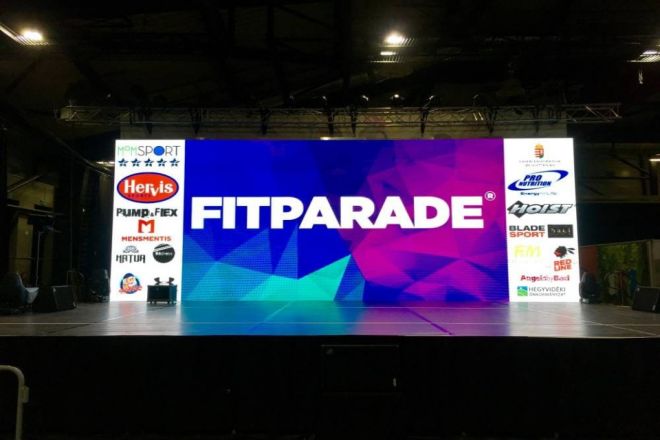
The process of returning the leased LED display is crucial and involves the integrity of the equipment and the interests of the rental company. The following is a detailed return process, as well as guidelines and procedures to ensure correct disassembly and packaging transportation:
Return process:
- Contact the leasing company:
After the event, the customer should contact the leasing company in time to inform them of their intention to return and the expected return time. In this way, the leasing company can prepare for receipt in advance.
- Equipment inspection:
Before returning, the customer should conduct a comprehensive inspection of the LED display to ensure that its appearance and function are intact. If any damage or failure is found, you should communicate with the leasing company in time to deal with it properly.
- Disassembly:
The customer needs to disassemble according to the disassembly guide provided by the leasing company or the guidance of professionals. This includes steps such as disconnecting the power supply, removing the bracket, and disconnecting the cable. During the removal process, pay special attention to not damaging the display or its accessories.
- Packaging and transportation preparation:
Customers need to properly package the display screen in accordance with the requirements of the leasing company. This usually involves the use of original packaging materials, ensuring that the surface of the screen is free of scratches or pollution, and the classification and placement of all accessories and accessories.
At the same time, it is necessary to ensure that the packaging is stable to prevent collision or damage during transportation.
- Return transportation:
The customer is responsible for transporting the display back to the location designated by the leasing company. During transportation, it is necessary to ensure compliance with relevant transportation regulations and ensure the safe arrival of equipment.
6. What are the payment terms and methods for renting LED displays? Do I need to pay a deposit to ensure the rental reservation?
The payment terms and methods of the rental LED display are usually determined according to the specific policies of the leasing company or supplier, so there is no unified standard. Common payment methods may include advance payment, installment payment, or full payment.
When discussing the lease with the leasing company, you need to clarify the terms and methods of payment and ensure that both parties reach an agreement on this.
Whether it is necessary to pay a deposit to ensure the rental reservation is assured depends on the leasing company’s policy.
Some companies may require you to pay a certain amount of deposit as a guarantee for the safety and integrity of the equipment during the lease. At the end of the lease period, if the equipment is intact and returned on time, the deposit will usually be refunded in full.
Please note that regardless of the payment method or whether you need to pay a deposit, the relevant terms and amount should be clearly indicated in the lease contract. This can ensure that the rights and interests of both parties are protected and avoid disputes over payment issues.
In order to ensure the smooth progress of the leasing process, it is recommended that you communicate with the leasing company in detail before the lease and read the relevant terms of the lease contract carefully. If you have any questions or unclear questions, you should ask and seek answers in time.
Conclusion
It involves the understanding of technical parameters, budget consideration, evaluation of service quality, and adaptation of the on-site environment. It needs to be fully considered before making a decision.
Finally, if you want to know more about renting LED displays, please get in touch with us.
